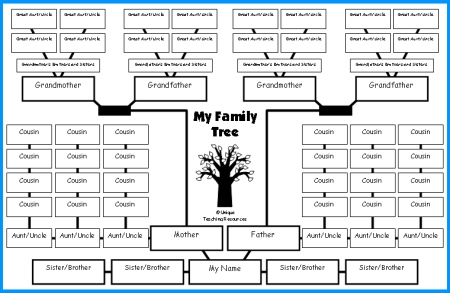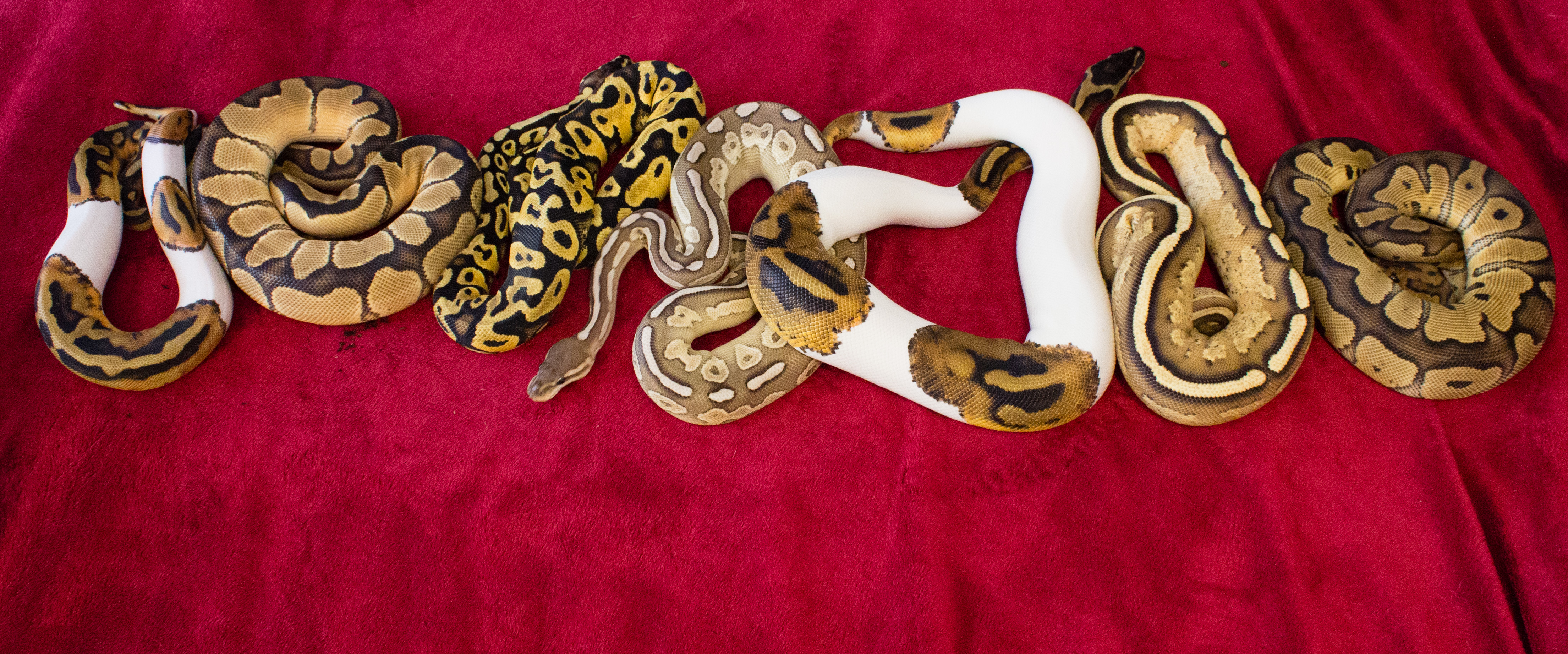Are Snakes Animals? Taxonomy Ponderings
While teaching families about the Care of Magical Creatures at the Davis Public Library Science of Harry Potter event (created and staffed by UCDavis Science Collective ), we were asked "Are Snakes Animals?" This question comes up more than you might think with the Peter Pied Python educational team so we thought it best to explain, basically.
Many people only think of "Mammals" when they think of animals - cats, dogs, horses, mice, rabbits, etc - and often even forget to include humans as animals. In reality, many more creatures fit into the Animal Kingdom - from anemones to Elephants to mosquitos, Animals are truly a diverse group.
So what does it mean to be an "Animal"?
The "Animal Kingdom" is a scientific taxonomic term; taxonomy is an old way of classifying everything alive on the planet to show how closely related they are to each other. It is a "tree of life" and just like you can draw a 'family tree' to show relationships in your own family, scientists try to use taxonomy to show relationships between plants, microbes, animals, fungi and viruses.

Imagine if you created your family tree and you couldn't contact your aunt, so you left that part blank. When you do finally talk to her, you have to update your tree to include her family members.
This type of updating is constantly happening in taxonomy because new species are still being discovered. This constant reshuffling at the species level as new information unfolds is unavoidable, but recently reclassifications have occurred at higher orders (such as family) since DNA analysis has become inexpensive enough to do on more and more organisms of interest.
Phylogenies are the way we typically visualize taxonomic relationships and several resources already exist to explain these in greater detail. The most important difference to remember between our family trees and the taxonomic trees is that every organism at the 'end' of a branch is currently a species - extinct organisms and predecessors can be shown along the lines, but the 'ends' are reserved for current-day species.

The organization of the taxonomic terms can be confusing, but there are some great images to help us visualize the system. There's also a helpful mnemonic: King Philip Came Over For Good Spices --> Kindom, Phylum, Class, Order, Family, Genus, species

One of the challenges taxonomists face is the fluidity of 'species' in nature. Many plants, such as orchids, that do not breed in the wild (often because of flowering time or pollinator specificity) can be bred successfully in captivity which begs the question: Are they still separate species? Bacteria, likewise, adapt and evolve so quickly (going through thousands of generations in hours has its advantages) that the "species" concept struggles to apply to them.
These flexibilities can extend up through whole families (the cactus family is so closely related, any individual species can be grafted directly to another).
Some scientists suggest rethinking the whole classification system, but change is gradual.
Taxonomic classifications can be tricky even for taxonomists, but snakes are definitely animals, as are we.
